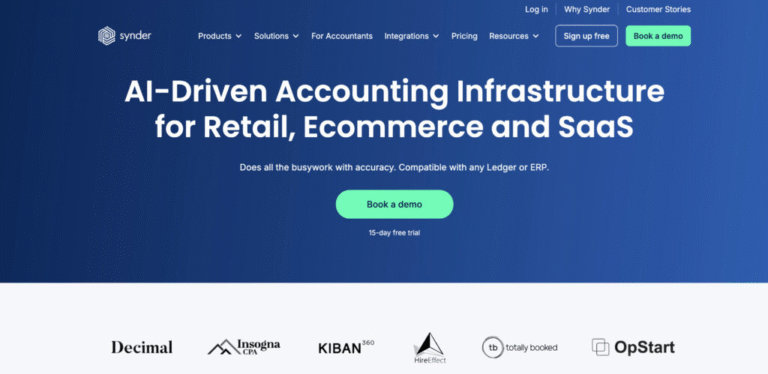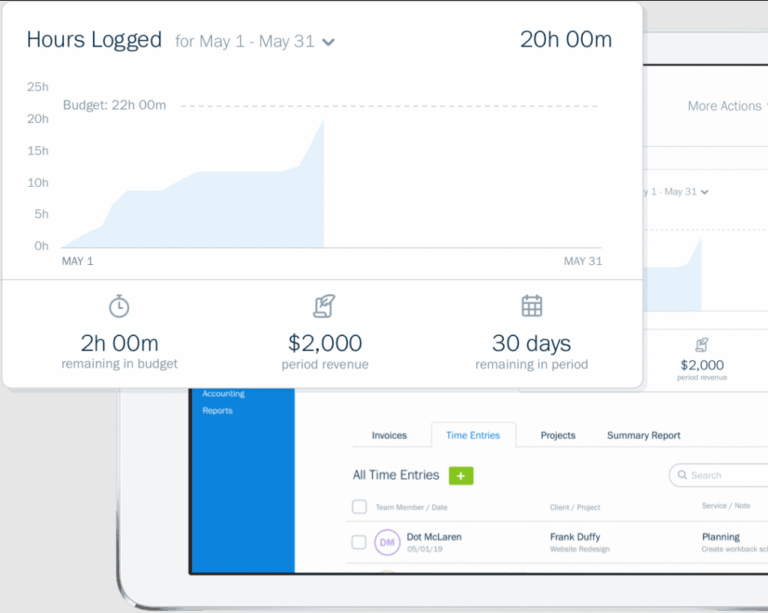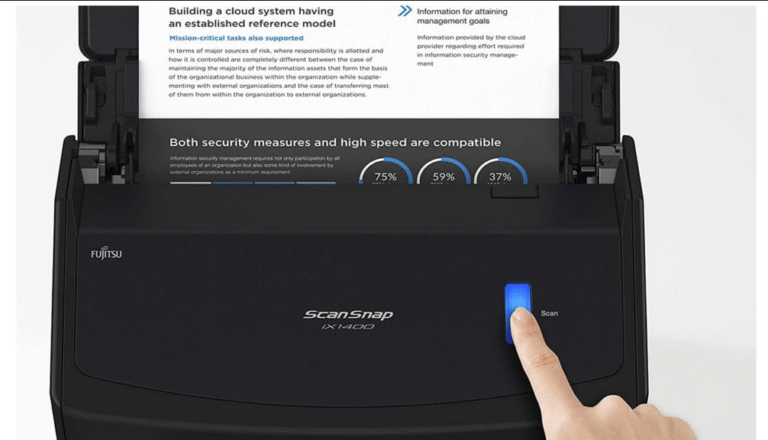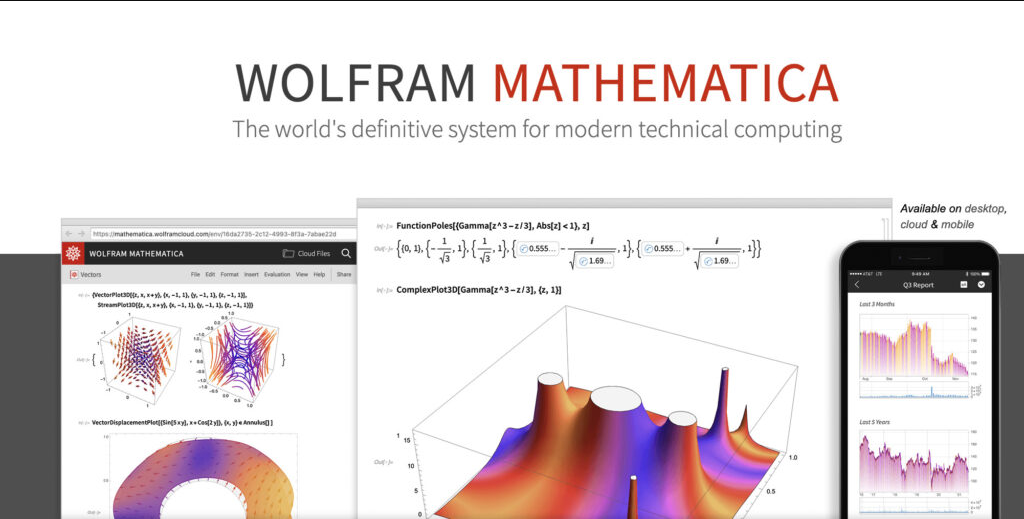
Finding powerful statistical software for Mac that doesn’t break the bank can be a challenge. While premium tools like SPSS and JMP dominate the market, there are some excellent free alternatives for students and budget-conscious users.
Keep in mind, though—most free statistical software has limitations. You might encounter fewer features, clunky interfaces, or a steep learning curve compared to paid options. But if you’re willing to work around these drawbacks, there are some solid choices available.
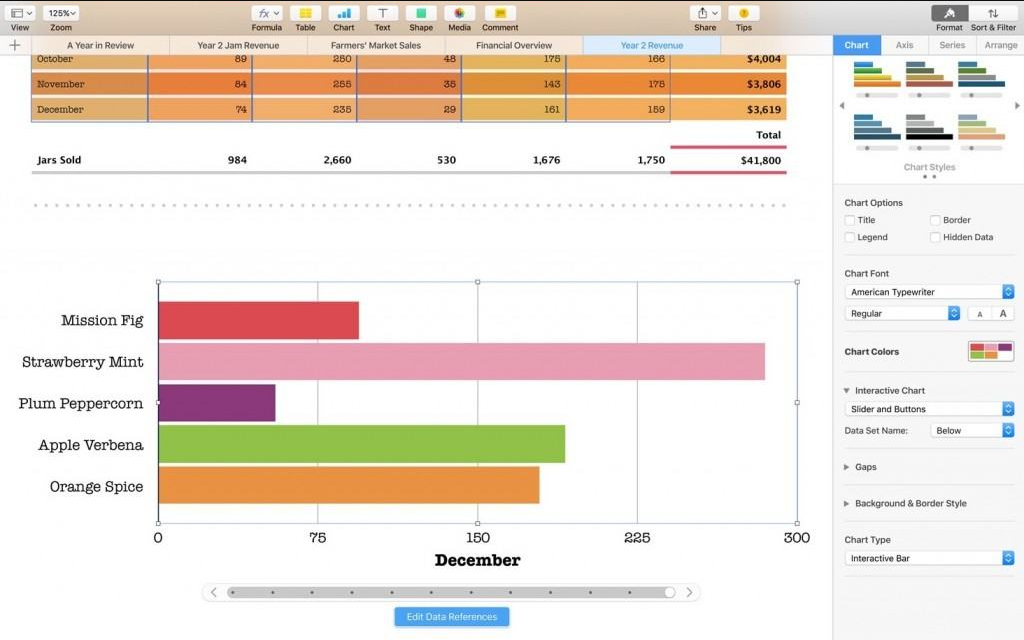
Here’s our roundup of the best free statistical software for Mac in 2025:
1. R Project
R Project is a powerhouse for statisticians and researchers, offering capabilities that rival paid software like Stata. However, it’s not beginner-friendly—expect a steep learning curve, especially if you’re new to coding.
Since R is open-source, it lacks the polished interface and support of commercial tools. But you can simplify things by installing a Graphical User Interface (GUI) like R Commander or following online tutorials.

While R requires more manual work (e.g., calculating robust standard errors or running mixed models), it’s incredibly flexible—and free. If you’re a student or self-learner willing to invest time, R is a fantastic option.
2. RStudio Desktop
A companion to R, RStudio Desktop enhances the R experience with better data manipulation and visualization tools. It’s still complex, but RStudio’s extensive tutorials and webinars make it more approachable than raw R.
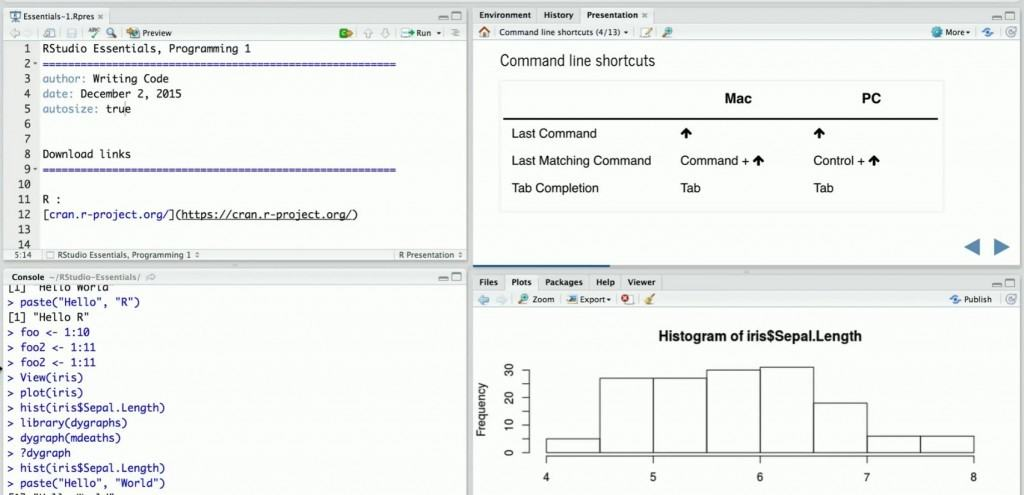
Though not for casual users, RStudio is a top pick for serious data analysts who want a free, professional-grade tool.
3. SAS University Edition
SAS University Edition is one of the most robust free statistical apps for Mac—if you qualify. Available only to students and educators, it requires running a virtual machine since there’s no native Mac version.
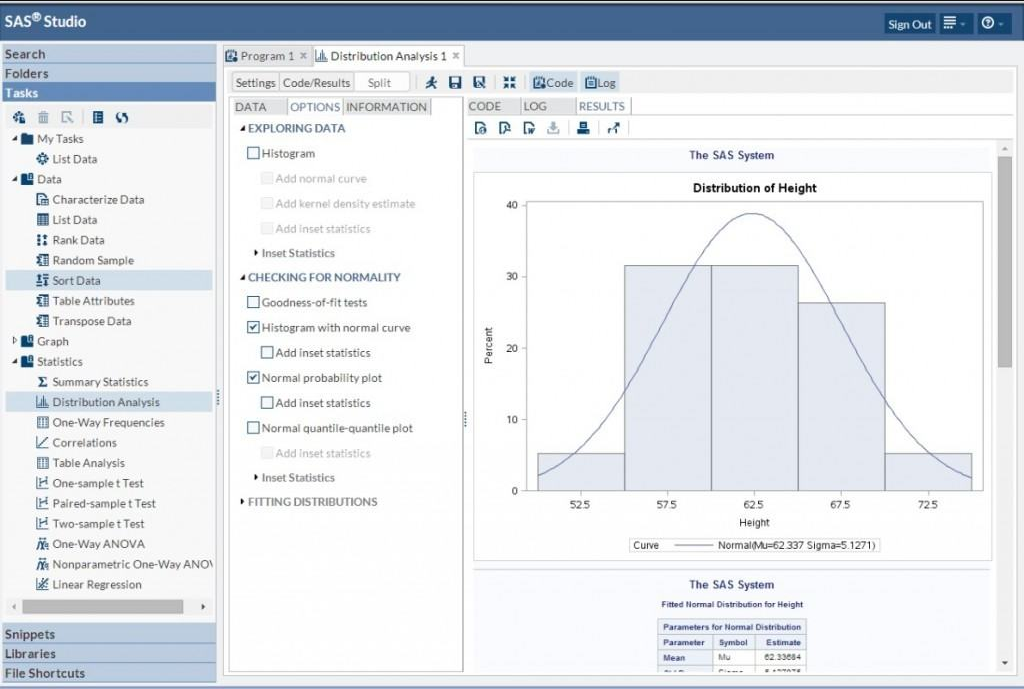
If you’re eligible, SAS offers near-professional functionality, making it a top choice for academic users.
4. Apple Numbers
Apple’s answer to Excel, Numbers, has evolved into a surprisingly capable tool for basic statistical analysis. Its interactive charts, conditional formatting, and easy filtering make data exploration intuitive.
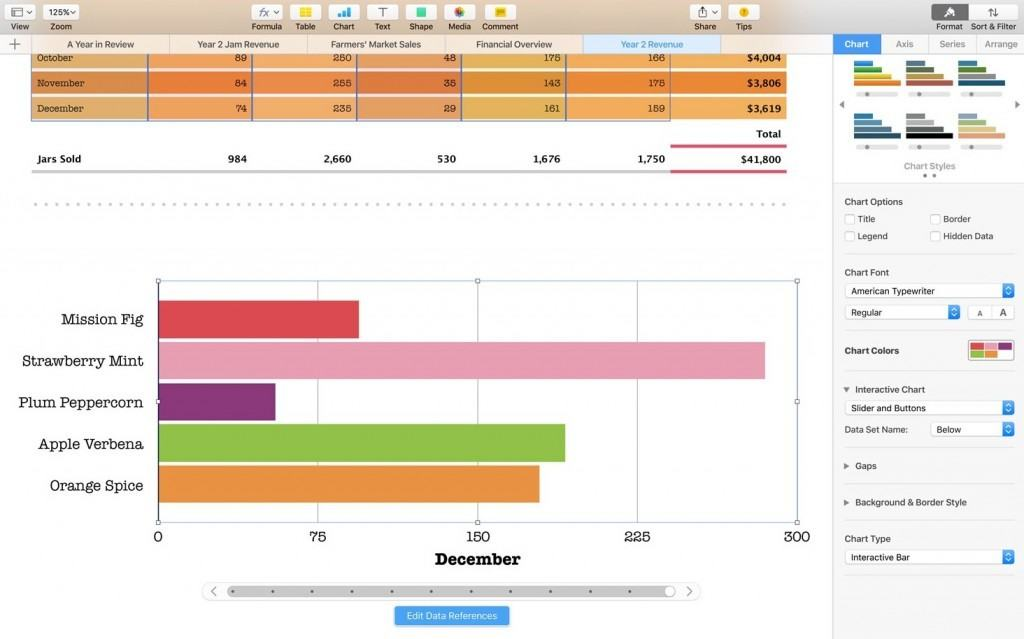
While it’s no substitute for specialized software (don’t expect ANOVA or Tukey tests), Numbers is perfect for simple analyses—and a great free alternative to Excel.
(Free for macOS El Capitan and later, or Macs purchased after October 2013.)
5. GNU Octave
Think of GNU Octave as a free, open-source MATLAB. It’s a high-level language for numerical computing, ideal for solving complex mathematical problems.
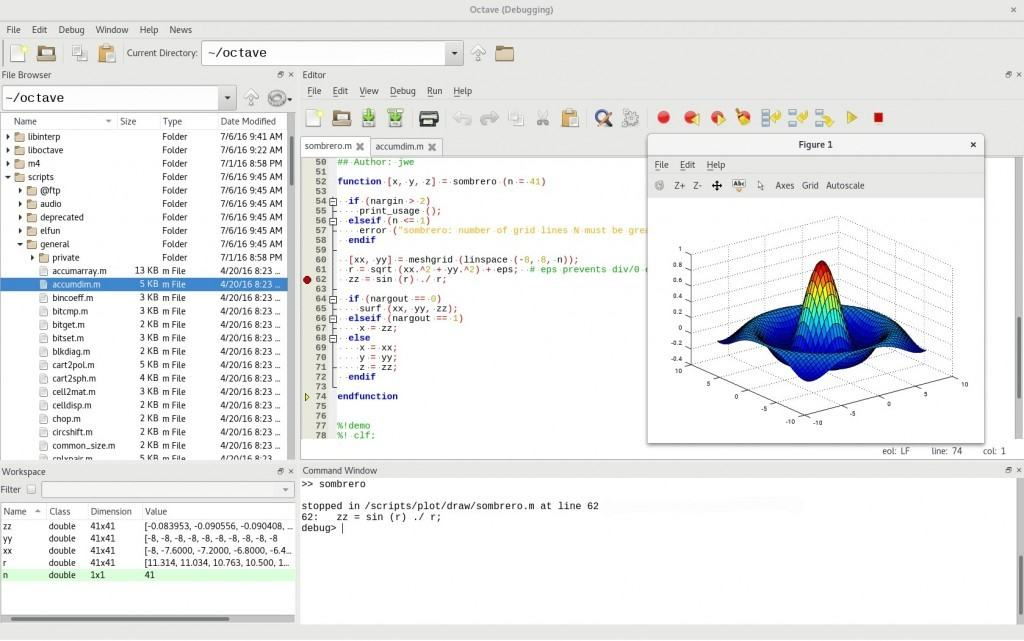
The catch? You’ll need some programming experience, as Octave primarily runs via command-line input. But if you’re comfortable with coding, it’s a powerful (if dry) tool.
6. Root
Built for big data, Root is a modular framework for statistical analysis, visualization, and storage. It’s mainly C++-based, so programming knowledge is a must—but it integrates with Python and R for added flexibility.

You can download Root or even run it in a browser, making it a versatile (if technical) option.
7. Mathematica Student Edition
Wolfram’s Mathematica is a favorite among engineers, scientists, and mathematicians. The Student Edition covers everything from symbolic math to statistical modeling—without requiring syntax knowledge, thanks to its natural language input.

It’s an industry-standard tool, ideal for students and professionals alike.
8. MacAnova
Despite its name, MacAnova isn’t just for ANOVA. This open-source tool handles matrix algebra, time series, and multivariate stats, though its command-line interface may deter beginners.
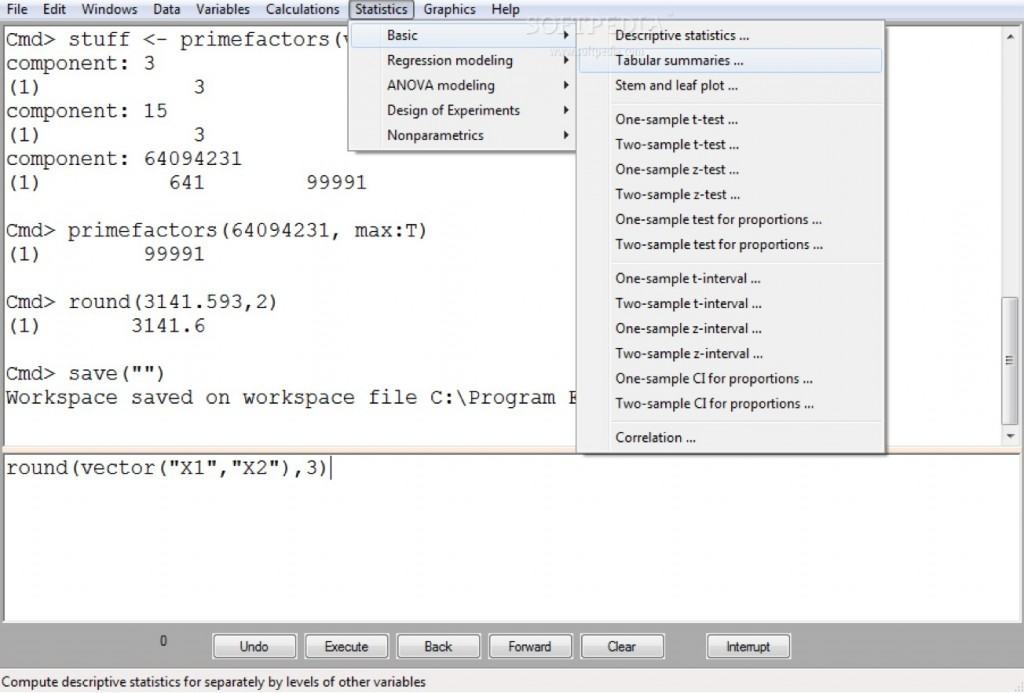
(Note: It’s similar to R/S but not identical.)
9. G*Power
This lightweight German tool specializes in power analysis for tests like t-tests, F-tests, and chi-square. It’s great for researchers who need quick calculations and visualizations of statistical power.
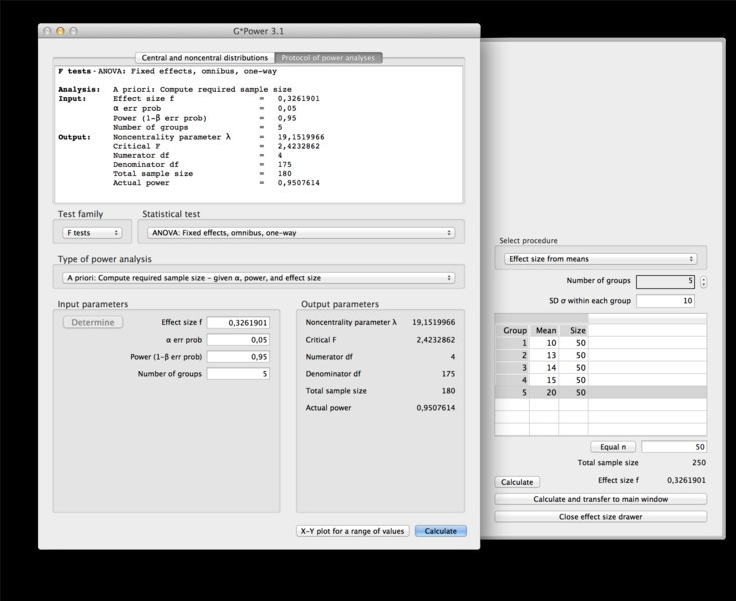
10. PSPP
A free alternative to SPSS, PSPP is perfect for social scientists and students. It supports descriptive stats, ANOVA, factor analysis, and non-parametric tests, though it lacks SPSS’s polish.
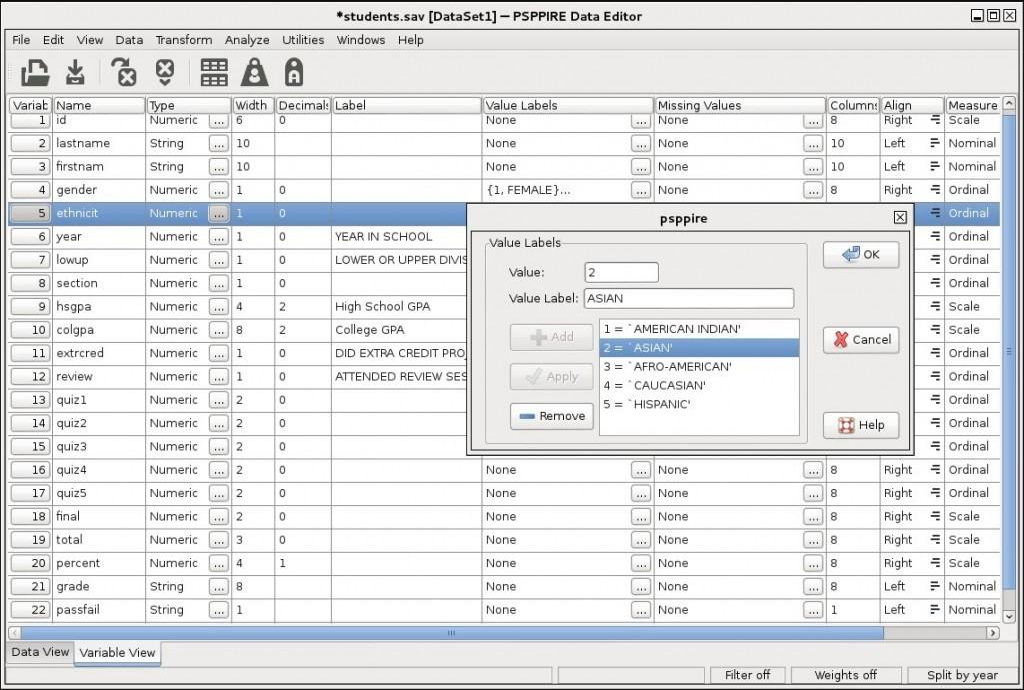
11. Regress+
A simpler, older tool, Regress+ focuses on regression, bootstrapping, and stochastic modeling. It’s barebones but gets the job done for basic needs.
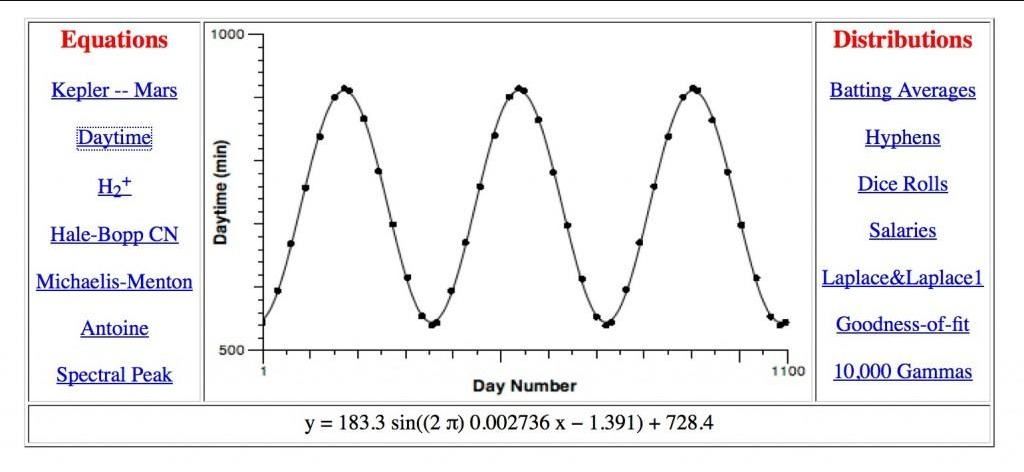
12. SOFA (Statistics Open For All)
If clunky interfaces scare you, SOFA is a breath of fresh air. This cross-platform tool emphasizes ease of use and clean visualizations, making it ideal for beginners.
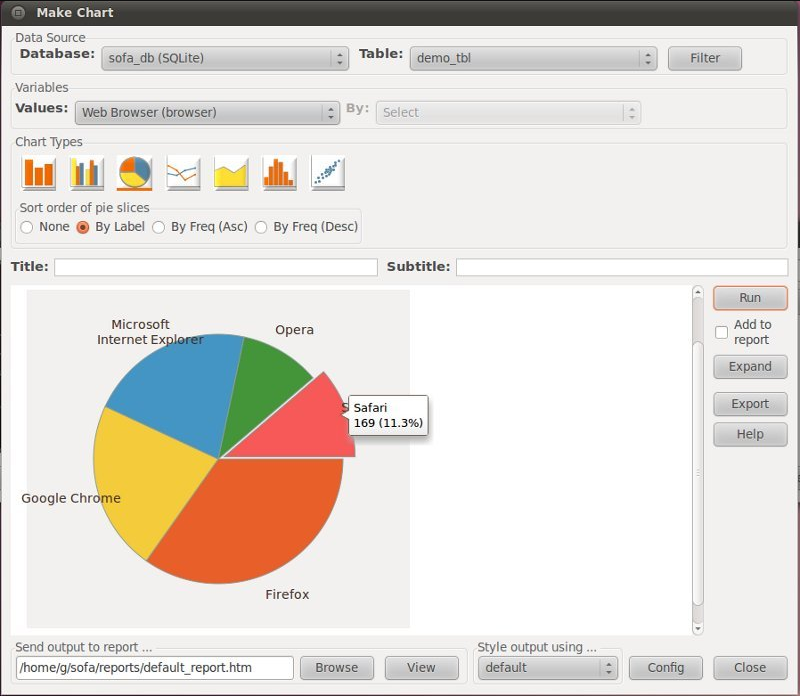
Bonus: JASP
Developed by the University of Amsterdam, JASP offers a user-friendly alternative to SPSS. With support for Bayesian and frequentist stats, plus no coding required, it’s perfect for students and researchers.

Final Thoughts
While free statistical software can’t match premium tools in polish or support, options like R, SAS University Edition, and JASP deliver impressive functionality at no cost. Your best pick depends on your skill level and needs—whether you’re a coding pro or just dipping your toes into stats.

